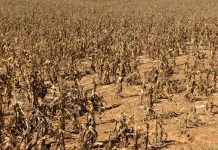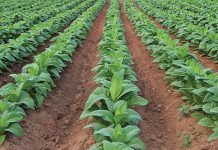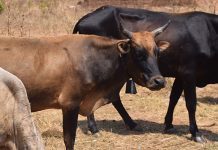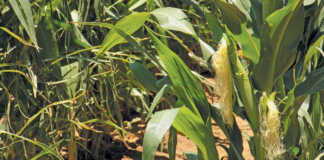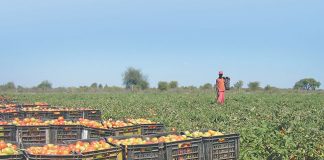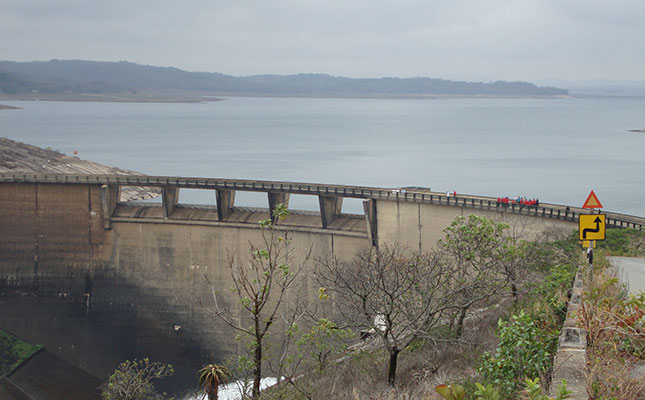
Continuing rainfall has also resulted in localised flooding in low-lying areas, according to the Zimbabwe National Water Authority (ZINWA).
The national dam level average is currently at 65,1%, compared to 49% year-on-year.
“Dams in the Matabeleland area have shown a positive increase in the latest recording, and a number of community dams have since been recorded full during the festive season,” ZINWA corporate communications manager, Marjorie Munyonga, said in a statement.
According to Munyonga, seven dams that are crucial for agricultural irrigation, including the Lower Mgusa, Insukamini, Nyambuya, Kushinga Phikhelela, Zhove, Odzani and Wenimbi, were at 100% capacity.
“The Zimbabwe National Water Authority,” Munyonga said, “continues to urge water users in all sectors to use the available water sparingly and to practise rain-water harvesting. In case of floods, move to higher ground, also keep watching and listening to radio and television for information.”
Lake Mutirikwi, which irrigates sugar cane estates in the south east Lowveld, was only 13,1% full.
Zinwa had warned farmers late last year that it could be forced to cut supplies to sugar cane fields if the dam’s water level continued to decrease.
However, the completion of the Tokwe-Mukorsi Dam in December could help stabilise supplies to the fields where a local unit of South African agro-processing giant, Tongaat Hulett, grows sugar cane.
“The authority also appeals to irrigating farmers and other raw water users to ensure that they enter into water abstraction agreements with Zinwa as is required under the Water Act. Any use without the necessary documentation is illegal and offenders are liable to prosecution or risk having their supplies disconnected,” she said.


